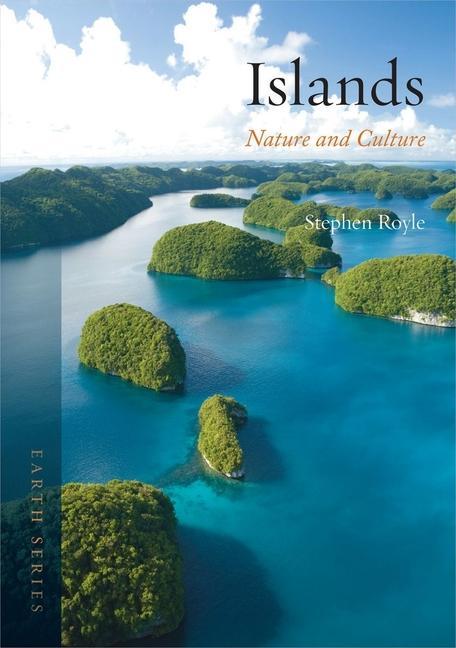
Zustellung: Fr, 08.08. - Do, 14.08.
Versand in 3-4 Wochen
VersandkostenfreiIslands are contradictory places: they can be remote, mysterious spots, or lively centres of holiday revelry. They are associated alternately with escape, imprisonment, holiday and exile, and their exotic, otherworldly beauty has inspired artists and writers across the centuries. Islands have been sites of immense political, creative and scientific importance, from Charles Darwins enlightening voyage to the Galápagos Islands, which resulted in his groundbreaking theory of evolution, to the moated prisons incarcerating the worlds deadliest prisoners. Despite the common view of islands as earthly paradises, their often small size means they have restricted resources and limited opportunities for their inhabitants to thrive. In response, islanders have welcomed, or sternly rejected, the fresh opportunities offered by turning their homes into tourist destinations. For people seeking beautiful landscapes, solitude or exciting adventure, islands are the most popular holiday spots in the world. They entice the rich and famous, and their allure has provided refuge and inspiration for artists, from Paul Gauguin in Tahiti to George Orwell on the Scottish island of Jura, and general visitors alike.
Filled with illustrations, Islands is a comprehensive exploration of the geographical and cultural aspects of island life - their habitation and environments, their permanent residents and vast transitional populace, their colonial history and enduring appeal to people around the world.
Filled with illustrations, Islands is a comprehensive exploration of the geographical and cultural aspects of island life - their habitation and environments, their permanent residents and vast transitional populace, their colonial history and enduring appeal to people around the world.
From Charles Darwin's enlightening voyage to the Galapagos Islands to moat-encased prisons incarcerating the world's deadliest prisoners, islands have been sites of immense scientific, political, and creative importance. An inspiration for artists and writers, they can be lively centers of holiday revelry or remote, mysterious spots; places of escape or of exile and imprisonment. In this cultural and scientific history of these alluring, isolated territories, Stephen A. Royle describes the great variety of islands, their economies, and the animals, plants, and people who thrive on them. <p/> Royle shows that despite the view of some islands as earthly paradises, they are often beset by severe limitations in both resources and opportunities. Detailing the population loss many islands have faced in recent years, he considers how islanders have developed their homes into tourist destinations in order to combat economic instability. He also explores their exotic, otherworldly beauty and the ways they have provided both refuge and inspiration for artists, such as Paul Gauguin in Tahiti and George Orwell on the Scottish island of Jura. Filled with illustrations, Islands is a compelling and comprehensive survey of the geographical and cultural aspects of island life.
Mehr aus dieser Reihe
Produktdetails
Erscheinungsdatum
15. Dezember 2014
Sprache
englisch
Auflage
New
Seitenanzahl
224
Reihe
Earth
Autor/Autorin
Stephen A. Royle
Verlag/Hersteller
Produktart
kartoniert
Gewicht
477 g
Größe (L/B/H)
209/151/22 mm
ISBN
9781780233468
Entdecken Sie mehr
Bewertungen
0 Bewertungen
Es wurden noch keine Bewertungen abgegeben. Schreiben Sie die erste Bewertung zu "Islands: Nature and Culture" und helfen Sie damit anderen bei der Kaufentscheidung.

















